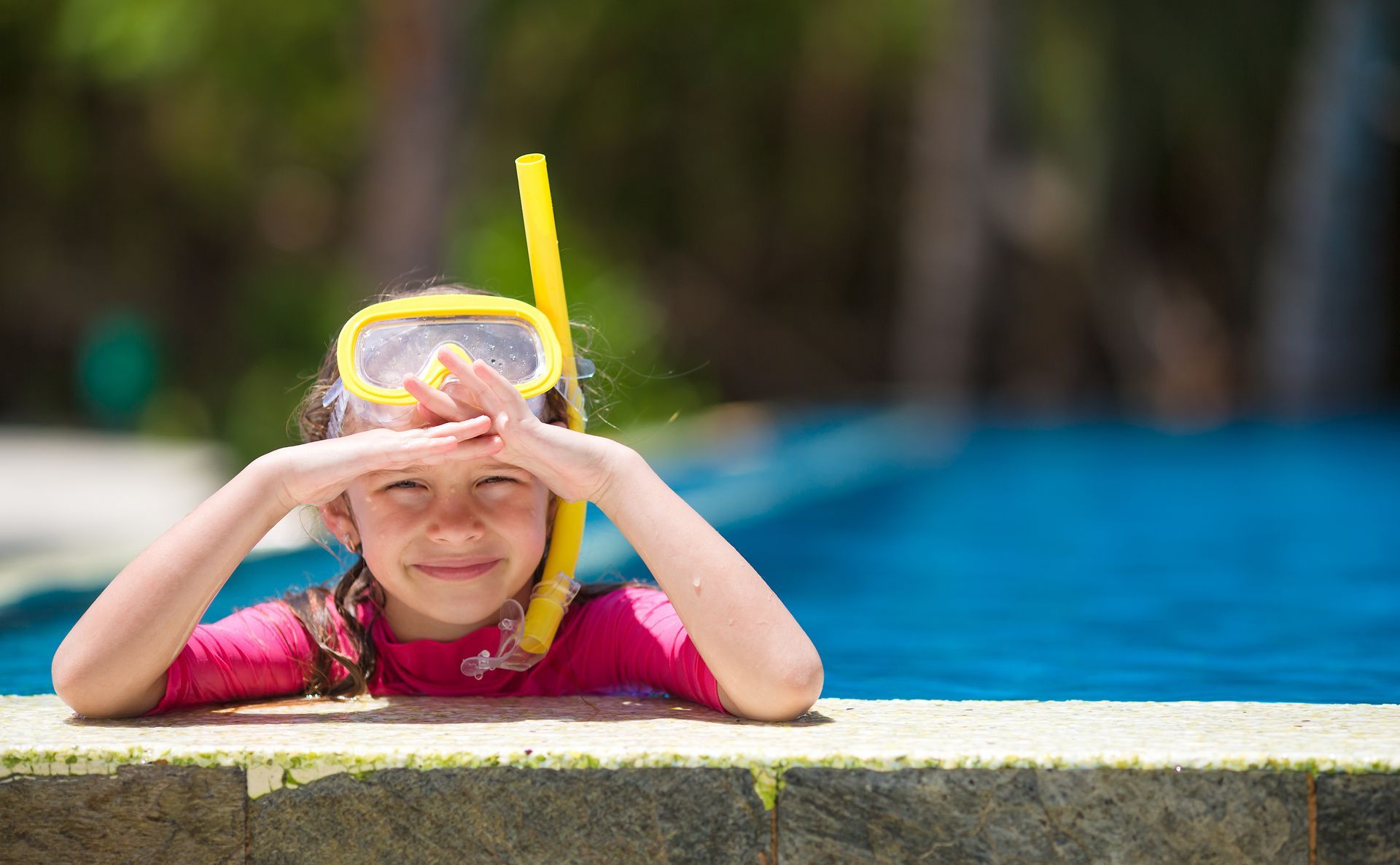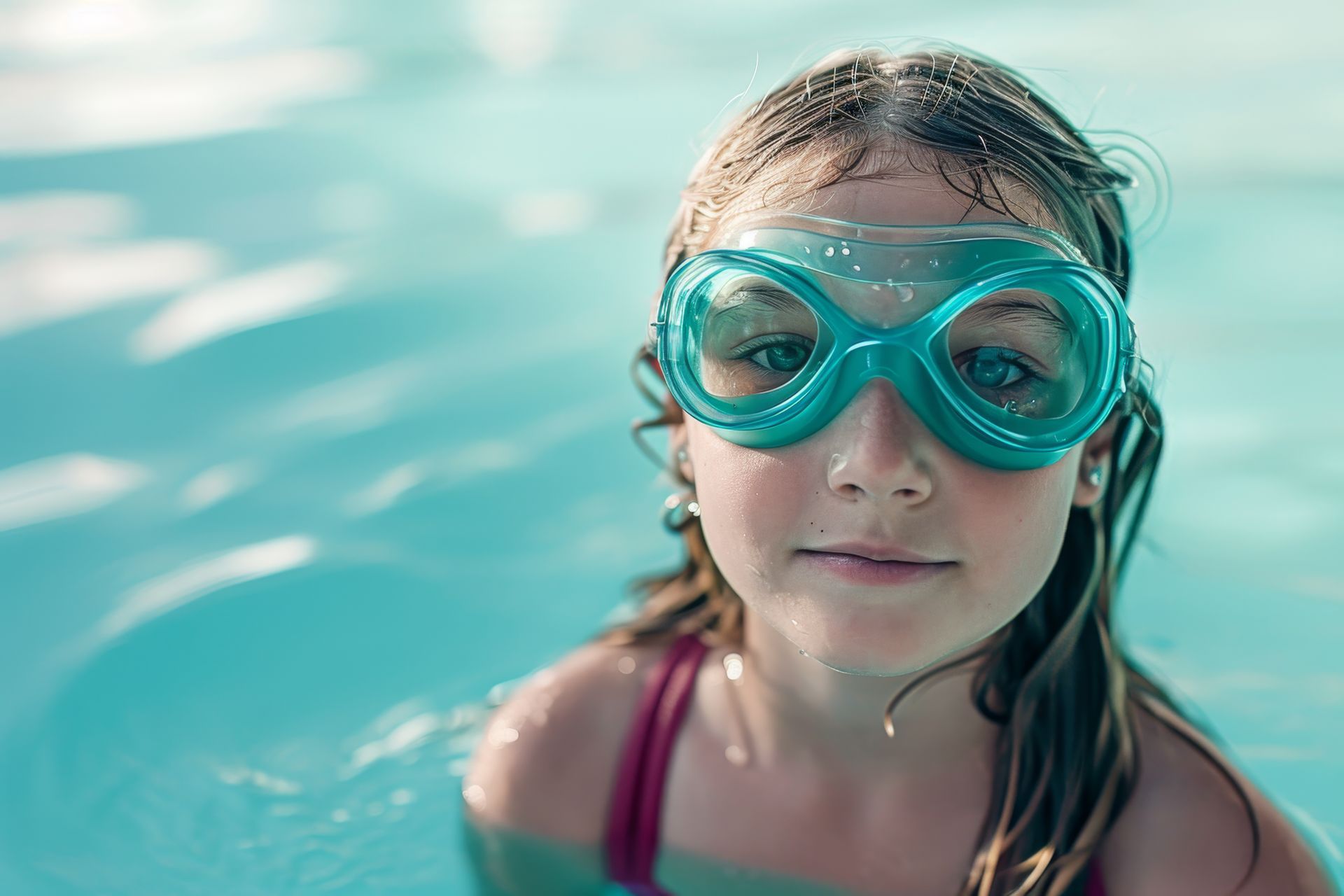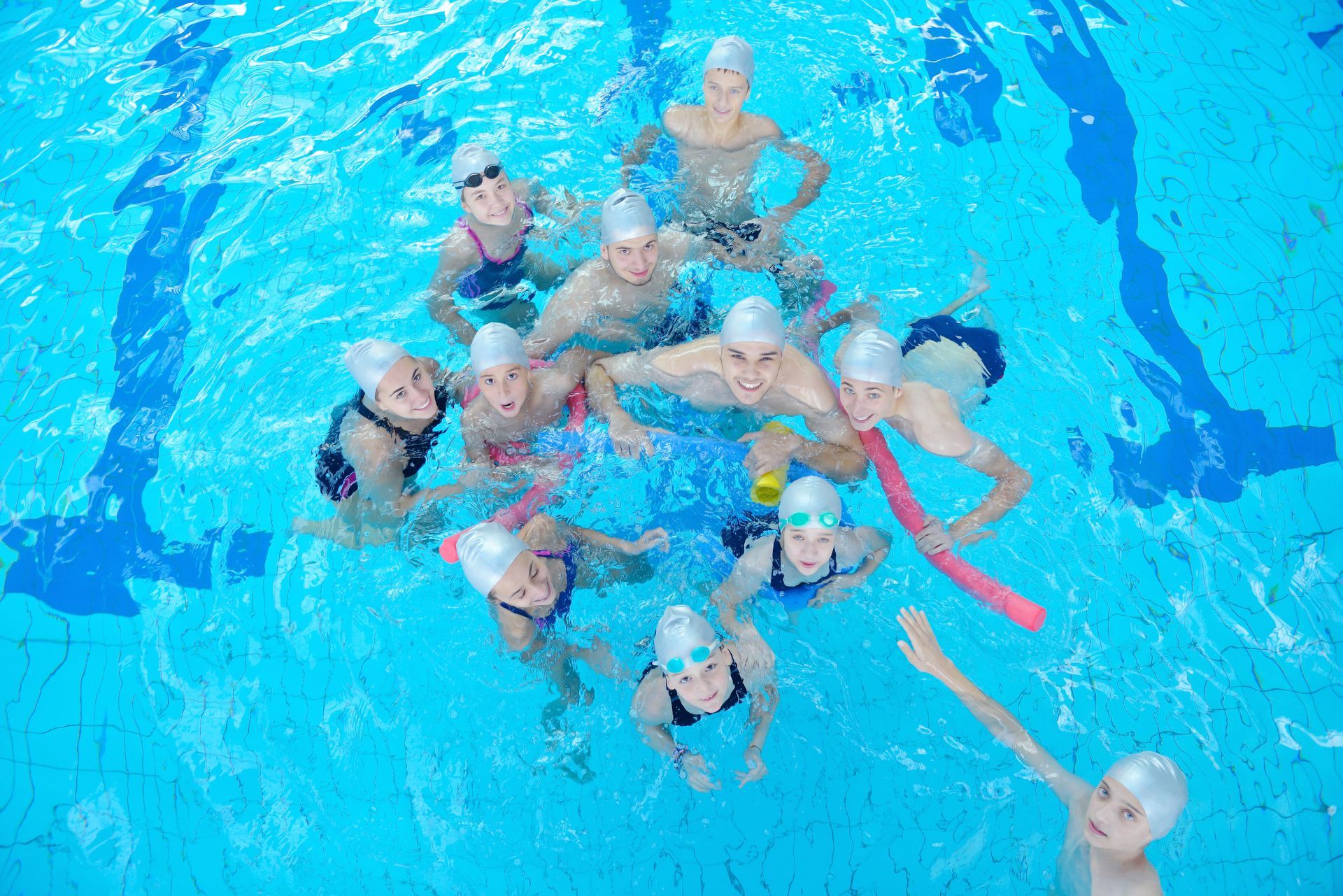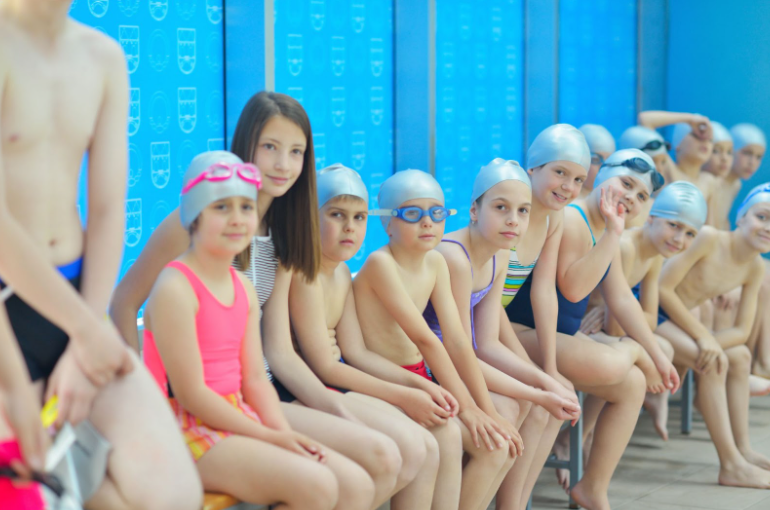November 26, 2024
Volunteering is a cornerstone of community building, and in the realm of aquatic programs, it holds particular significance. Local swim initiatives rely heavily on the dedication and enthusiasm of volunteers who contribute to the vibrancy and success of these programs. These individuals not only help enhance the experience for participants but also play a crucial role in promoting safety and inclusivity. Through their efforts, volunteers create environments that foster personal growth, community engagement, and the development of essential skills.









